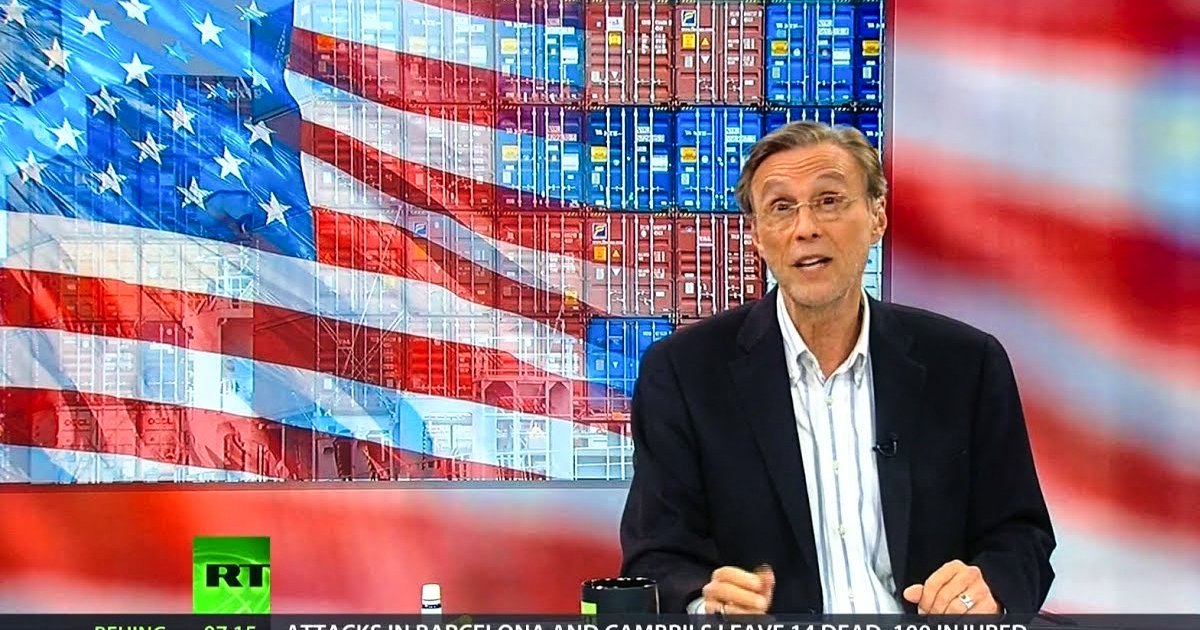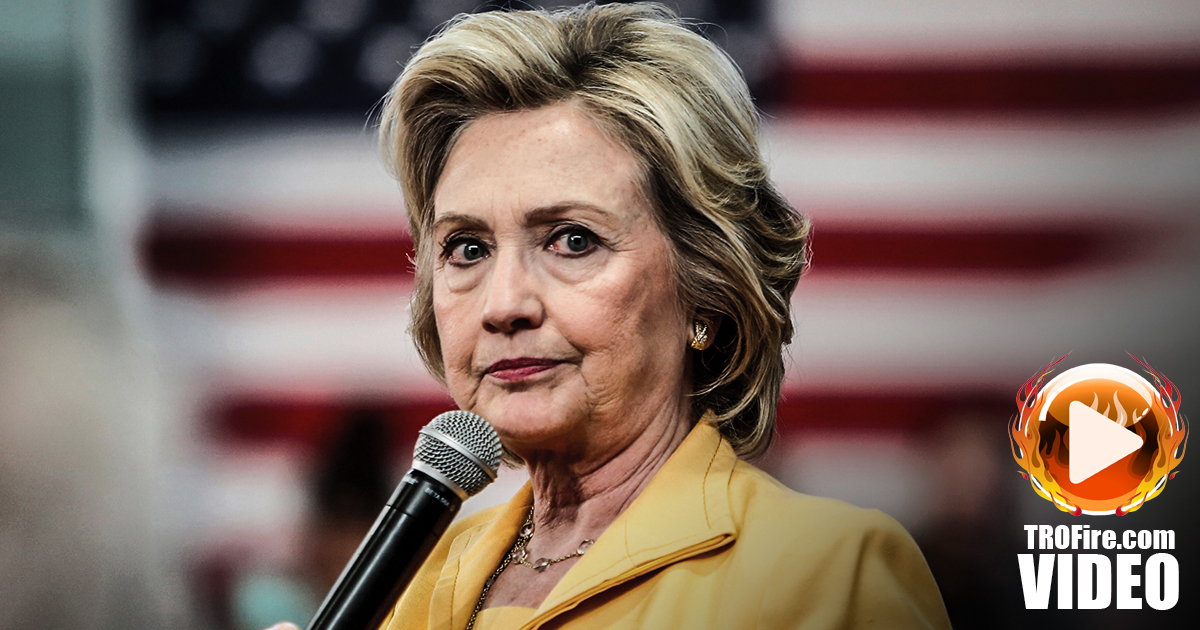During an election cycle in which it seems all bets are off, in which voters are abandoning “mainstream” candidates such as Clinton and Bush, and supporting “outsiders” like Sanders and Trump, it may seem that the political world is indeed, turning upside down. However, a look at polling over the past quarter-century indicates that it is all part of a trend, in which Republicans have become older, whiter and more conservative, and Democrats are increasingly younger, more diverse and more liberal. Those trends are likely to continue, becoming more apparent as the 2016 elections play out.
For example, according to polling data from the Wall Street Journal and NBC News, the number of Democrats identifying themselves as “very liberal” has doubled since 1990 (13% to 26%), while the same demographic among Republicans has fallen by two-thirds (3% to 1%). At the same time, the number of “very conservative” Democrats has dropped by half while that of Republicans has more than doubled.
One interesting fact that was presented in a recent WSJ article has to do with the economic part of the equation. Since 1990, the number of blue collar workers identifying as Republicans has increased by almost 25%. The irony here is that such workers are most likely to have been harmed by GOP economic policies over the past generation. At the same time, the number of Americans in the upper income brackets calling themselves Democrats is up slightly.
One consequence of these shifts is that states once up for grabs are now a virtual lock for one party or the other. For example, California was once reliably Republican, having gone for both Reagan and Bush I during the 1980s. However, in 1992, the Golden State turned blue, helping Bill Clinton to win the White House. California has been blue ever since. Today, it would be virtually impossible for a GOP presidential candidate to win that state.
More recent and dramatic changes have been going on in the former Confederacy, which was once a Democratic bastion. States such as Arkansas, Tennessee and Kentucky that supported Clinton in the 1990s have gone blood-red since the 2000 election – a situation that is likely to continue. The same trends apply in the New England and mid-Atlantic states, which have increasingly gone Democratic over the past 25 years. In general, the GOP continues to dominate the heartland, while the Democratic Party prevails on the coasts and in a few northern states like Minnesota and Illinois.
That said, the fact remains that Bernie Sanders and – to a lesser extent – Donald Trump are getting some serious crossover support. Sanders has made significant inroads in parts of the country that rejected Obama in the last two elections, and has “more than a few” Republican supporters. At the same time, there are sources, including an article appearing in the Huffington Post earlier this year, indicating that Trump has gotten some Democratic support (The American Spectator suggests they may be “Reagan Democrats”).
Gerald F. Seib’s article in the WSJ offers solid data to back conclusions about how demographic trends are playing out in this election. Nonetheless, considering how angry Americans across the political spectrum have become over the status quo, unresponsive government with its misplaced priorities and wasteful spending, and increasing corporate control over society, it is likely that the 2016 election could still hold a few surprises.


